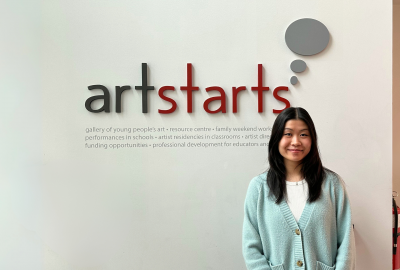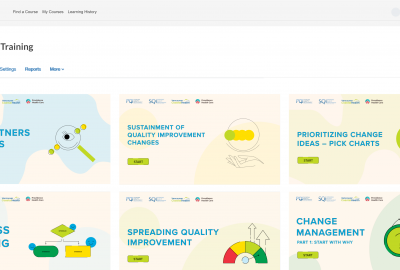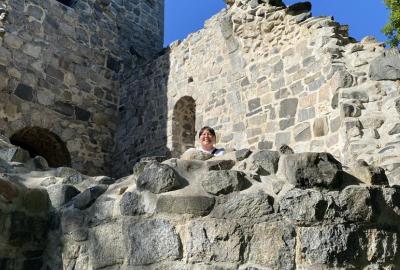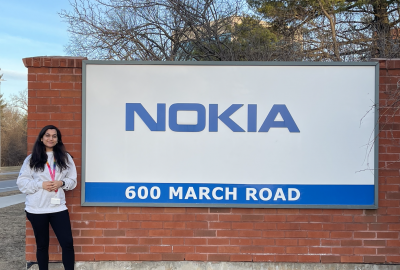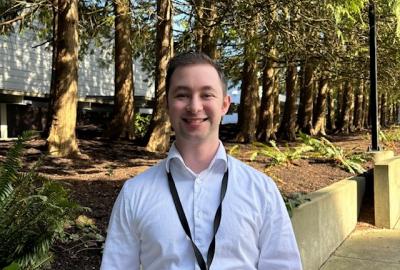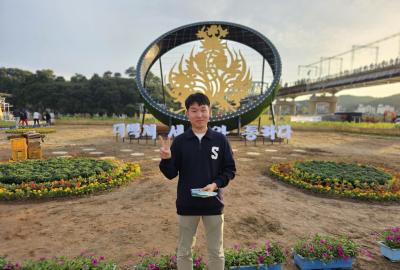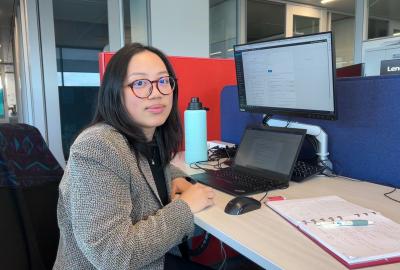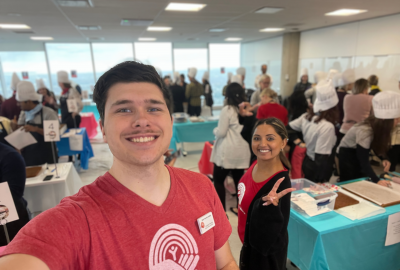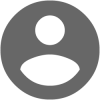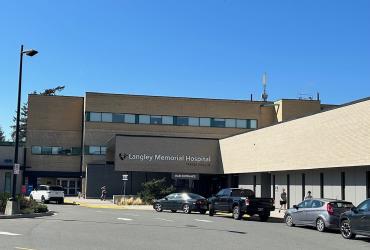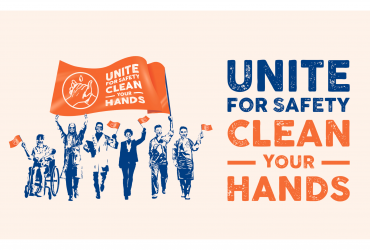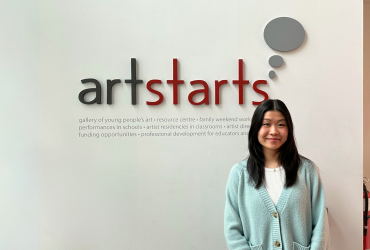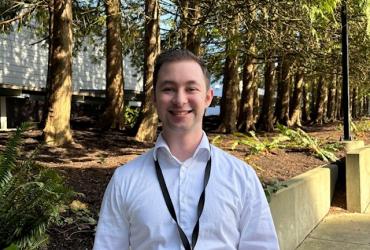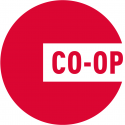Orientation and First Weeks
I am working under Fraser Health’s Center for Advanced Analytics Data Science and Innovation (CAADSI) in a new UX/UI team that consists of just myself and one senior designer. Because it’s a new team, a lot of my work has been internal to establish the foundations of the team. I have been helping create a new design system, team wikis, onboarding documentation, and templates for things like project proposals. Because the existing documentation was lacking or outdated, I found the onboarding process was confusing and it took a long time. It was 3 or 4 weeks into the job before I had a grasp on the organisation's structure, what kinds of products we design, and who we design them for. This is definitely part of the learning curve of any new job, but the lack of a clear orientation contributed to my confusion. At the same time, because I was helping create the documentation I got to know the content a lot more personally. The team wiki, for example, is a collection of definitions and explanations on our processes for both new members of the design team and for other teams to understand how we operate. For me to write and organise this content meant that I had to understand it really well. While documentation takes a lot of time and effort, it will be really important for setting up a good structure for the future of the UX/UI team.
Day to Day
Because the UX/UI team is new, we are slowly working to educate the rest of CAADSI about the benefits of design and we are always picking up new projects as they realize how much we can help. This means that every day I am switching between different projects and tasks in order to keep up with all of the ongoing work. My day-to-day varies greatly. Some of the tasks that I have been responsible for include logo design, colour palette selection, brand identity and personality, user interviews and research, user journey mapping, layout design, and information architecture. The only consistent thing I do each day is a design scrum meeting first thing in the morning for the design team to discuss what needs to be done and solve any problems before beginning the day’s work.
Learning and Adaptation
The biggest thing I have learned so far in my work with Fraser Health has been how incredibly important it is to be good at doing research and self-conducted learning. Due to the variety of work that falls under UX/UI and the rapidly growing and changing technological landscape we work in, it is critical that designers know how to do good research and teach themselves. I have done research on a wide variety of topics so far, including software programs so that we can document limitations and design with those in mind, colour blindness and accessibility when creating colour palettes for data visualizations, and how to create and structure design systems effectively. Being adaptable has also been very important to be able to pivot quickly between many different projects and tasks.
Accomplishments and Challenges
The largest challenge I have faced so far is working individually. The UX/UI team right now consists of only me and one other experienced designer, and we have a long list of projects. Because of this, we have to split up the work to get everything done and I am trying to be as self-sufficient as possible. My experience at SFU has been mostly collaborative, with many team projects and only a few small individual projects. I think that this was to my benefit, as it is an industry standard to work in teams and a really important skill to be able to communicate and collaborate effectively. I have incorporated teamwork into my creative workflow now because of how important it is. Finding myself on such a small team has required me to be more independent and self-sufficient. It’s not ideal to work alone, but it is just as valuable of a skill for when you do find yourself in those situations.

